Hello! Vanity Fair has released the first look at Guillermo Del Toro’s stop-motion animated version of Pinocchio. Cate is voicing a monkey named Spazzatura, the lead puppeteer of one of the main villains in the movie, Count Volpe.
Guillermo del Toro’s Pinocchio tells this truth about its otherworldly title character: he can be a little unsettling, or even scary, before you get to know him. In the Oscar-winning filmmaker’s upcoming stop-motion animated movie from Netflix, even Geppetto gets the willies when he first encounters the cheerful wooden boy clamoring around his workshop. A hallmark of del Toro’s storytelling, from Pan’s Labyrinth to Hellboy to his best-picture-winning The Shape of Water, is that beings who are initially seen as freakish, or frightening or unnatural, are often even more humane and sympathetic than the seemingly normal people who fear or scorn them.
The director always brings a slight chill before warming the heart, so his take on the living puppet comes from a gothic direction. “I’ve always been very intrigued by the links between Pinocchio and Frankenstein,” del Toro tells Vanity Fair for this exclusive first look. “They are both about a child that is thrown into the world. They are both created by a father who then expects them to figure out what’s good, what’s bad, the ethics, the morals, love, life, and essentials, on their own. I think that was, for me, childhood. You had to figure it out with your very limited experience.”
Despite that monstrous inspiration, Del Toro’s movie was crafted to be family friendly. He knows it will be challenging, but hopes his Pinocchio connects across generations and brings out a sense of compassion. “These are times that demand from kids a complexity that is tremendous. Far more daunting, I think, than when I was a child. Kids need answers and reassurances.… For me, this is for both children and adults that talk to each other. It tackles very deep ideas about what makes us human.”
His approach to this story is a significant departure from what audiences have seen previously in movies about the puppet who yearns to be a real boy. In this version, “real” is a given. “To me, it’s essential to counter the idea that you have to change into a flesh-and-blood child to be a real human,” del Toro says. “All you need to be human is to really behave like one, you know? I have never believed that transformation [should] be demanded to gain love.”
The formally titled Guillermo del Toro’s Pinocchio aims to stand apart. For one thing, the production quality of his film is self-evident in the ornate detail of the sets and textures of the characters. And he has reinterpreted Collodi’s tale in a way that distances it from the formidable Disney adaptations. “I have been very vocal about my admiration and my great, great love for Disney all my life, but that is an impulse that actually makes me move away from that version,” del Toro says. “I think it is a pinnacle of Disney animation. It’s done in the most beautiful, hand-drawn 2D animation.”
By contrast, he notes that his own film is “a story about a puppet, with puppets—trying to seek acting from the animators in a different medium completely. We couldn’t be more different than any other version of Pinocchio in our spiritual or philosophical goals, or even the setting.”
Del Toro’s Pinocchio takes place not in a fairy-tale world, but in Italy between World War I and World War II, during the rise of fascism and authoritarian rule in the country. The wooden boy happens to come to life “in an environment in which citizens behave with obedient, almost puppet-like faithfulness,” del Toro says.
Pinocchio (voiced by newcomer Gregory Mann) is a silly, sunny personality, eager to learn about the world and meet the people who inhabit it. But his roots, quite literally, are in sadness. In del Toro’s retelling, he is carved from a tree that grew over the grave of Geppetto’s son, Carlo, whose life was cut agonizingly short years before. (In the shot at the top in which del Toro is peeking through the window, you can see the lost child’s photo in a frame on the woodcarver’s workbench.)
The heartbroken Geppetto (voiced by David Bradley of Game of Thrones and the Harry Potter movies) is still too blinded by grief to realize that his wish has come true. “He begs for another chance at being a father, but he doesn’t recognize that the essence of his own child comes back in the form of this indomitable boy,” the filmmaker says. “The main conflict within Geppetto and Pinocchio is that Geppetto wanted Carlo, who was a very well-behaved, very docile kid, and he doesn’t quite get Pinocchio, who is rowdy and wild and exuberant.”
A creature who does understand Pinocchio’s heart is Sebastian J. Cricket (voiced by Ewan McGregor), the eloquent purple insect who built a home in his trunk and continues to reside there when he comes to life. In the image below, you see not just the erudite insect, but also the tree still standing over the lost child’s resting place. “That’s the arrival of the cricket, who has been crisscrossing the world, and this is where he discovers the perfect home,” del Toro says.
Once the tree becomes a living puppet, Sebastian aspires to be a conscience for the boy (just like his alter ego in the Disney version, Jiminy Cricket) But in del Toro’s adaptation he more or less…bugs the kid. “In the beginning of the story, the cricket is full of self-importance,” the director says. “And towards the end, he’s movingly humbled and he understands that it’s not about teaching Pinocchio how to behave, but about himself learning how to behave.”
Sebastian will need more than one lesson about getting out of the way—and he gets more than one lesson. Fortunately for him he is a survivor. “One of the things I liked in the book when I read it as a kid is that the cricket keeps getting killed over and over again and crushed and maimed,” del Toro says. “In our story, the cricket gets smushed often, but it’s a journey also for the cricket to find love and humility.”
The cricket is one of the only other mystical beings in the story. “I didn’t want magical creatures other than the wood spirit that gives him life, and Pinocchio himself,” del Toro says. “I didn’t want a talking fox and a talking cat and the magic of transforming him into a donkey. I wanted everything else to feel as close as we can to the real world.”
With that in mind, one of the story’s main villains, Count Volpe (voiced by Christoph Waltz), is not an actual anthropomorphic fox, but a human whose wing-like sideburns flare up like a fox’s ears. Del Toro describes him as “a grand aristocrat that has fallen into misfortune.”
“The three main villains in the original story are the cat, the fox, and the puppeteer, and we wanted to fuse them into one,” the director says. “This is a puppeteer that has regaled the courts of Europe, and now is traveling in a down and dirty little carnival. In Pinocchio, he finds the hope to be a king, again, you know? To recreate his grand, golden years.”
He fashions an ironclad and lengthy contract, then recruits Pinocchio to join his act, performing alongside other marionettes who are controlled by Volpe’s lead puppeteer—a monkey named Spazaturra, voiced by Cate Blanchett, worships Volpe, even though he is awful to her.
In the Oscar-winning filmmaker’s new stop-motion animated movie, “real” is a given. “I have never believed that transformation be demanded to gain love.”
?: https://t.co/Hpb1TFNW3O pic.twitter.com/5Ami0g70o5
— VANITY FAIR (@VanityFair) June 14, 2022
Source: Vanity Fair
 Welcome to Cate Blanchett Fan, your prime resource for all things Cate Blanchett. Here you'll find all the latest news, pictures and information. You may know the Academy Award Winner from movies such as Elizabeth, Blue Jasmine, Carol, The Aviator, Lord of The Rings, Thor: Ragnarok, among many others. We hope you enjoy your stay and have fun!
Welcome to Cate Blanchett Fan, your prime resource for all things Cate Blanchett. Here you'll find all the latest news, pictures and information. You may know the Academy Award Winner from movies such as Elizabeth, Blue Jasmine, Carol, The Aviator, Lord of The Rings, Thor: Ragnarok, among many others. We hope you enjoy your stay and have fun! 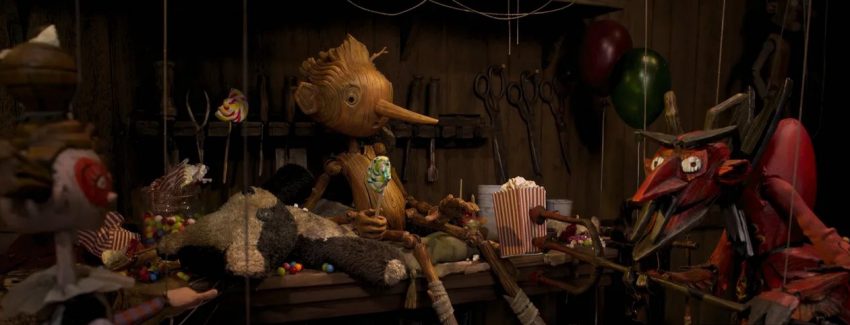
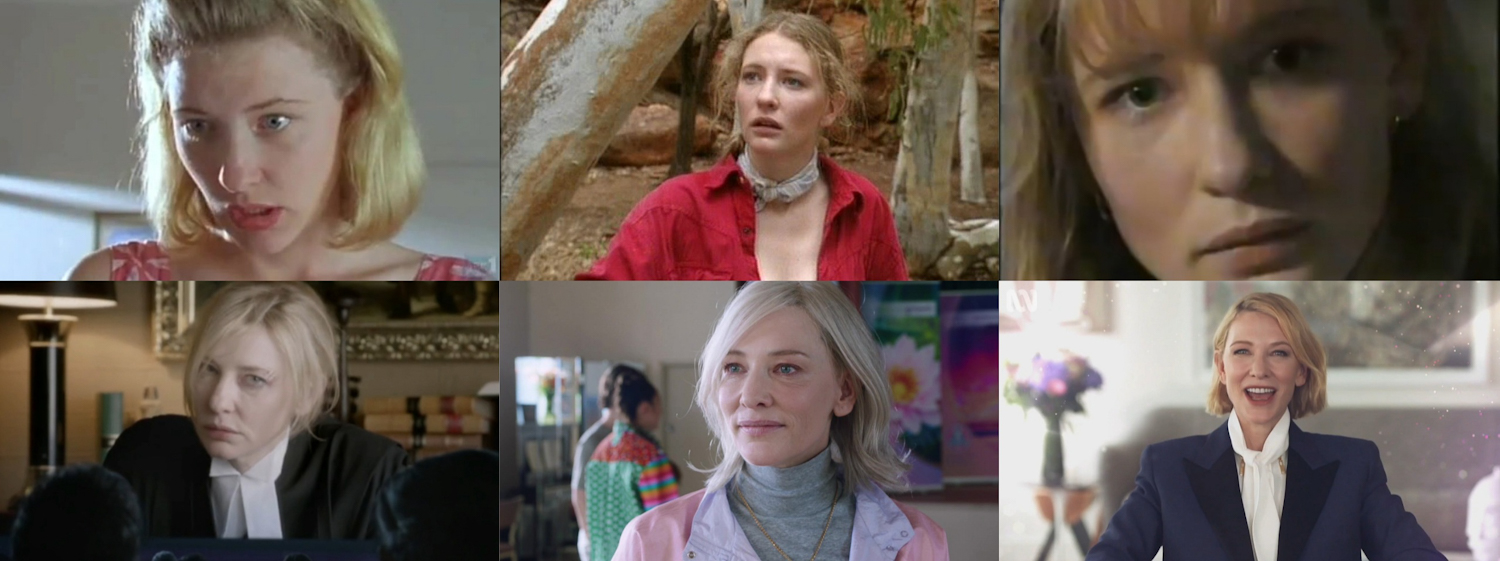
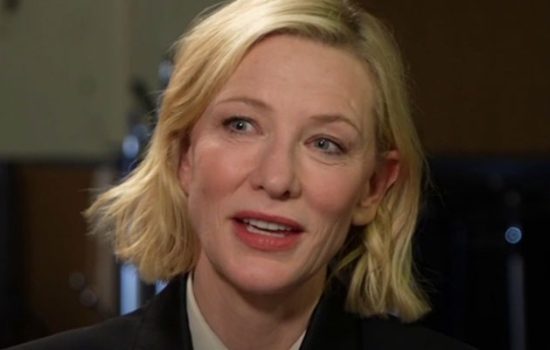

 A Manual for Cleaning Women (202?)
A Manual for Cleaning Women (202?) The Seagull (2025)
The Seagull (2025)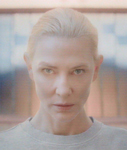 Bozo Over Roses (2025)
Bozo Over Roses (2025) Black Bag (2025)
Black Bag (2025)  Father Mother Brother Sister (2025)
Father Mother Brother Sister (2025)  Disclaimer (2024)
Disclaimer (2024)  Rumours (2024)
Rumours (2024) 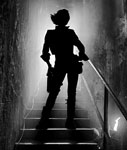 Borderlands (2024)
Borderlands (2024)  The New Boy (2023)
The New Boy (2023) 











